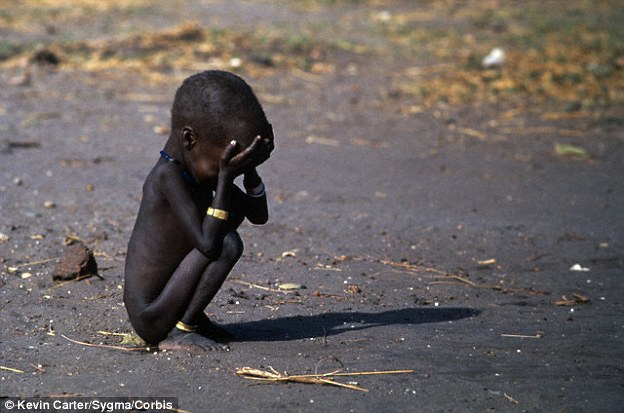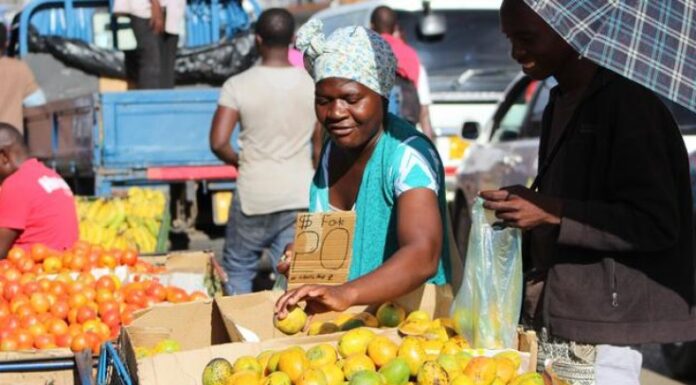
Farai Mabeza
ZIMBABWE, together with the rest of the southern African region, is expected to face high food deficit in 2020 due to the continued effects of the 2018/19 drought compounded by a poor forecast for the 2019/20 rain season, the Famine Early Warning System Network (FEWSNET) has reported.
The situation in Zimbabwe is also expected to be compounded by a poor macroeconomic framework in the country.
In a food security alert for Southern Africa, FEWSNET said the number of people requiring food assistance in the region would be higher than the usual average in 2020.
“The population expected to face crisis or worse outcomes across Southern Africa through the March 2020 peak of the lean season will be well above average, and needs are expected to only rise further in late 2020, at the start of the next lean season.
“Donors and humanitarian partners should prepare for atypically high food assistance needs throughout 2020,” FEWSNET said.
Food security outcomes in most areas of the region are anticipated to temporarily improve with the harvest in April/May.
However, these improvements are expected to be short-lived.
At the start of the 2020/21 season, FEWSNET anticipates regional food assistance needs to increase even higher than needs during the first quarter of 2020.
It further states that some poor households in the worst-affected areas would face large food consumption gaps in the absence of humanitarian assistance.
“Donors and humanitarian partners should prepare for considerable food assistance needs throughout 2020, with the likely need to scale up humanitarian assistance in late 2020 with the start of the lean season,” FEWSNET said.
Regional maize grain supply for the current marketing year is slightly below the five-year average, reaching their lowest levels since the 2016/17 marketing year.
As a result, maize prices are significantly above average across the region.
According to FEWSNET, many poor agro-pastoral households depleted their food stocks atypically early, resulting in earlier than usual reliance on market purchases.
The start of the 2019/20 rainy season has been erratic, with early season deficits, and international forecasts are all indicating January to March 2020 rainfall is expected to be below average.
Recent heavy rainfall across the region lessened but did not eliminate early season deficits.
“Regional pasture and vegetative conditions have improved gradually with recent rains, though livestock body conditions are well below normal. Planting is ongoing, although at below average rates due to erratic onset of rains,” FEWSNET reported.
Zimbabwe is expected to be one of the countries whose production levels will be below-average together with Angola, Botswana, Lesotho, Namibia and Zambia.
South Africa and Mozambique are expected to have average to below-average production.
Since Zambia and South Africa produce more than 70 percent of regional maize grain, regional maize grain supply for the 2020/21 marketing year is expected to be below 2019/20 and the five-year average.
As a result, maize grain prices across the region in 2020 are anticipated to remain high and exceeding 2019 prices.








